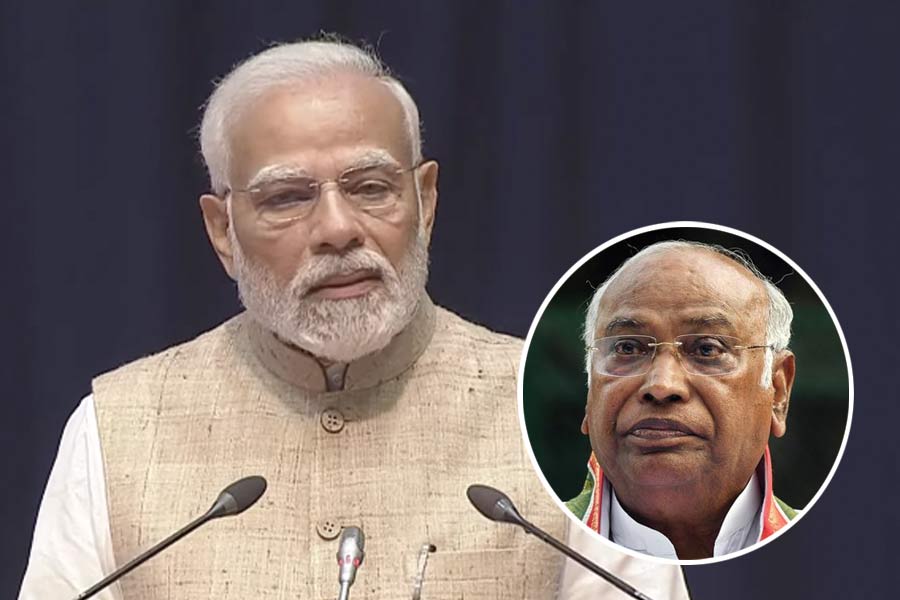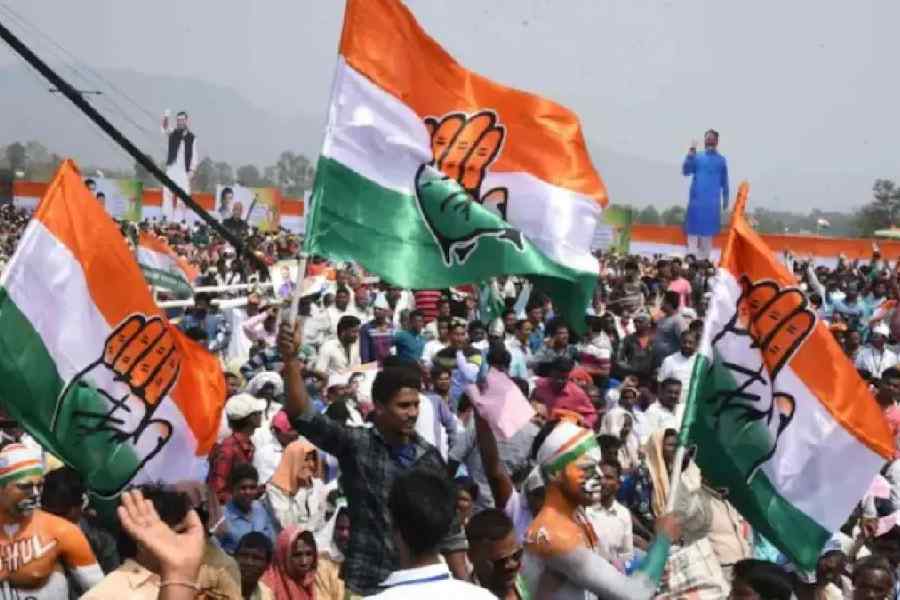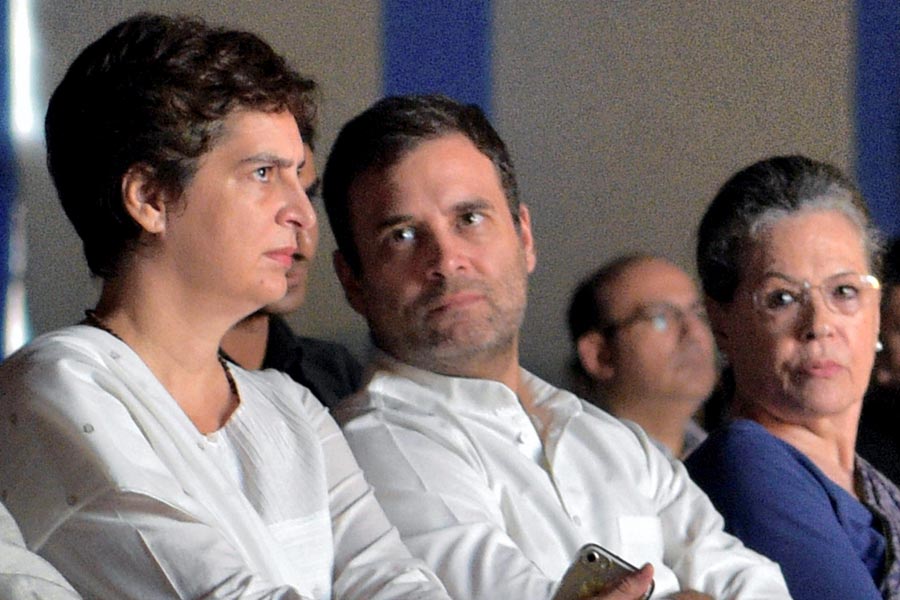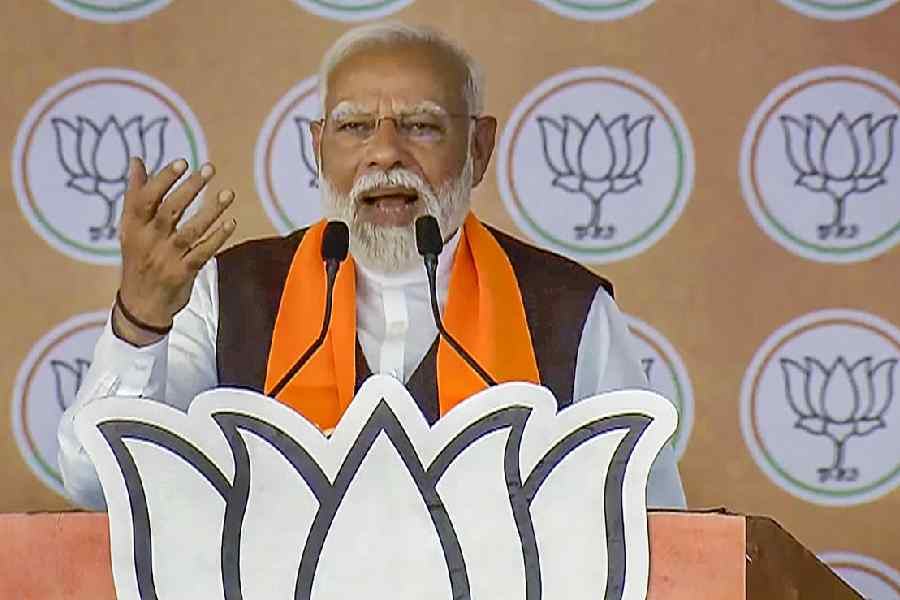Is it an irony that our trade policy in the last quarter of a century of Independence has started looking like that in the first quarter? Does that count for progress or reversion?
In the background here is the increasing trade protection that has crept in in the last several years. Until now, this was limited to raising import duties, tariffs and so on. Last fortnight, restrictions escalated to physical-control levels with the government’s decision to license the imports of personal computers, laptops, and notebooks. Import licensing, a non-tariff barrier scrapped more than thirty years ago, returns as the administrative tool of trade policy. The ever stricter import controls seek substitution to ‘Make in India’ instead. The security dimension here endeavours to reduce import dependency upon China and check the ever-expanding bilateral trade gap.
The goal to support domestic manufacturing is reasonable enough. Why, for example, should there be a quarrel with this if it opens mass employment avenues for our working millions whose dependency on agriculture has only risen in what is an equally regressive development, if not more so? India has a colossal unemployment problem at hand which is only growing faster by the day. What invite criticism, questioning, and empirical evidence are the mechanisms and the methods to secure this.
Three main strands of criticism have emerged. The most unequivocal describes this as the return of the licence-permit raj that characterised the pre-Nineties Indian economy. Import substitution was the chosen growth path in the decades following Independence as opposed to export-led growth. Comparator Asian countries exported their way up the income ladder in the same period with significant State involvement — strategic industry choices, encouraging large conglomerates for scale economies, subsidies (credit, land) and, importantly, helpful liberalisation and macroeconomic policies. In contrast, the progression or degeneration, if you will, of import substitution into an import-licensing regime — not dissimilar to the present but with cumulatively sharper, newer measures — built up huge inefficiencies, causing much economic harm and slower growth. So the fear is that a return to the same regime can, once again, deteriorate into a subversive bureaucracy to the detriment of genuine enterprise, spawning rentier incomes as before.
A related criticism is rising protectionism reverses the trade liberalisation that started in 1991. Its most visible manifestation is the steep fall in import tariffs, from about a 60% weighted average tariff rate then to around 5% in 2018; since then, it has risen to almost 6% in 2020. Given structural changes in the organisation of world manufacturing since the Nineties — fragmentation into global value chains dotted across the world — economists apprehend that import restrictions frustrate the integration of Indian firms into this critical element for which low, simple tariffs aligned to participant or competitor nations is best. Raising tariffs to spur domestic manufacturing is counterproductive because it raises production costs, directly undermining the competitiveness of home producers when the opposite is required. Exporting is as necessary for higher growth rates, productivity, employment and more — improved learning, operational know-how and so on.
A third critique refers to the general lack of direction, an incoherence as it were, in economic policies, of which trade and industry are critical subsets. Sudden, abrupt policy announcements and actions are disruptive; they increase uncertainty. Pipeline imports get frozen. Firms are shocked into inactivity. Doubts about future regulations and policies occur and rise. Business plans get derailed or frozen. Exporters endure humiliation, losing markets. Consumers, final and intermediate, face a price shock too.
To be sure, the external environment is vastly different now than it was then. Successive waves of globalisation from the Sixties to the noughties, right to 2008 or the global financial crisis, integrated trade in goods, investments, finance, and many services, while a rules-based multilateral trading system was created. This integration and opening were largely voluntary, less driven by multilateral agencies and significantly enhanced growth rates and reduced poverty across the world. After 2008, globalisation has been retreating, protectionism has risen across countries, including developed ones, and multilateral trade arrangements have all but broken down and shifted towards bilateral or plurilateral ones reflecting individual country preferences, altogether yielding to ‘slowbalization’. The pandemic, the Russia-Ukraine war, and Chinese aggression further fragmented world trade, introducing fresh security and climate concerns.
Above all, State-backed industrial policies are back in vogue. Leading nations, the United States of America and following it, the European Union, are giving huge subsidies with public spending to counter China, spurring green investments and research with primacy to the ‘Make-in-my-Own Country’ principle. India, too, introduced a Production-Linked Incentive scheme in 2020 with subsidies of Rs 1.97 lakh crore over five years to boost local manufacturing, scale up firms to global levels for exports, job creation, and higher growth. It is also supported by changes in labour legislation, easier business rules, better infrastructure and so on. This could be regarded as an industrial policy of sorts, with missing elements no doubt (for instance, no trade partnerships worth their might) and afterthoughts such as the abovesaid tools.
Furthermore, a new crop of research argues that past appraisals of activist or State-driven industrial policies were limited to indicators like import tariffs that did not fully capture the positive role of the former. Recent studies have dug deeper into government-spending allocations for such policies, or the micro-comprehensive details, to judge effectiveness. They do not lead to outright rejection but point to nuanced, positive effects of State-supported investments and interventions in the long run.
Be that as it may, the security concern for India has consistently been very different from, say, that of the US, which seeks safeguarding against Chinese spyware. India’s objective has been to narrow the trade deficit with China by manufacturing at home. The tariff-raising, safeguard duties have explicitly and systematically targeted lower imports. That the restrictions have now been upped to another level altogether to check their unbridled rise — electronic or hardware imports in this instance — is a strong indication that import substitution isn’t proving effective or inspiring domestic manufacturing. Rather, its inefficient or undesirable outcome — a high-cost economy or structure — maintains importing as the cheaper, better option — a rational choice. It is telling that the bilateral trade deficit with China persists, enlarging despite continuous efforts for the last eight-nine years to stem the expansion. That points to losing competitiveness, not gaining it. This is not so different from the past.
Renu Kohli is an economist with the Centre for Social and Economic Progress, New Delhi










